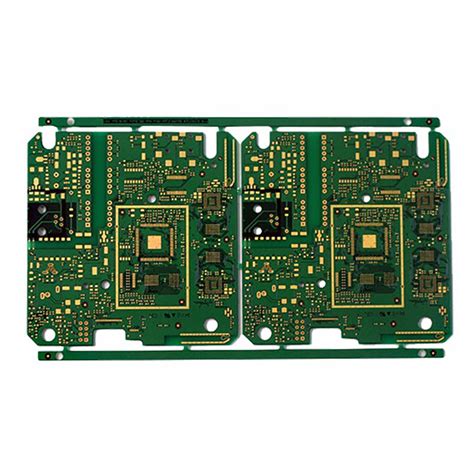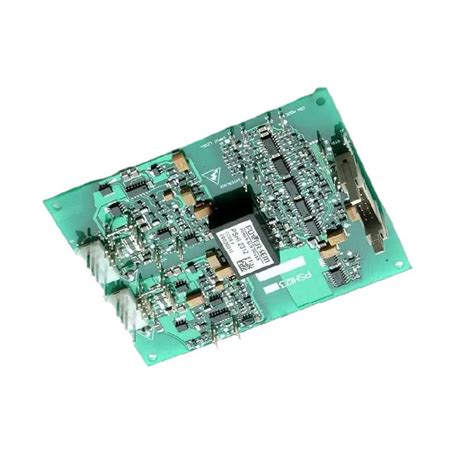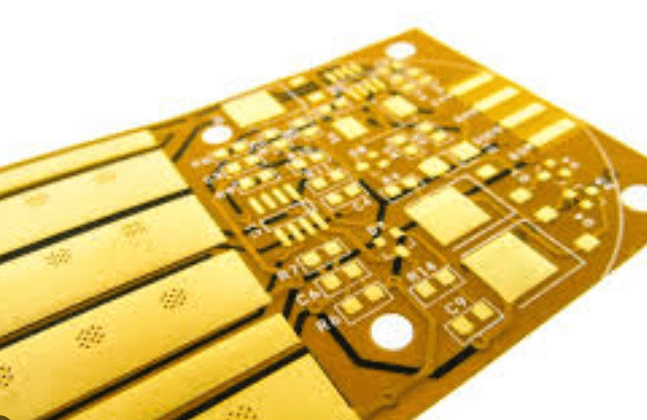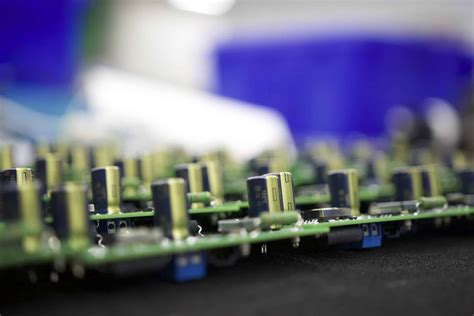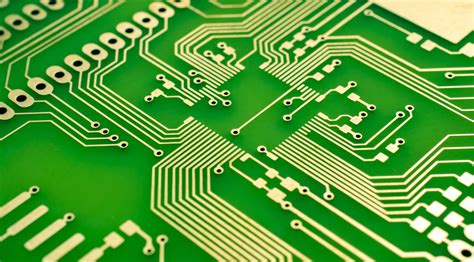Pcb sample holding time
Importance Of PCB Sample Holding Time In Manufacturing
In the realm of electronics manufacturing, the importance of Printed Circuit Board (PCB) sample holding time cannot be overstated. This critical phase in the production process ensures that the final product meets stringent quality standards and performs reliably in its intended application. Understanding the nuances of PCB sample holding time is essential for manufacturers aiming to optimize their production processes and deliver high-quality electronic components.
To begin with, PCB sample holding time refers to the period during which a PCB sample is held or stored before it undergoes further processing or testing.
This interval is crucial for several reasons, primarily because it allows for the stabilization of the materials and components used in the PCB. During the manufacturing process, various stresses, such as thermal and mechanical, are exerted on the PCB. Allowing a holding time helps in relieving these stresses, thereby preventing potential defects that could arise from immediate subsequent processing.
Moreover, the holding time is instrumental in ensuring the proper curing of materials such as solder masks and adhesives.
These materials require a specific duration to cure fully and achieve their optimal properties. Insufficient curing time can lead to issues such as poor adhesion, delamination, or incomplete coverage, which can compromise the functionality and reliability of the PCB. By adhering to the recommended holding times, manufacturers can ensure that these materials perform as intended, thereby enhancing the overall quality of the PCB.
In addition to material stabilization and curing, PCB sample holding time also plays a vital role in the inspection and testing phases.
During the holding period, manufacturers have the opportunity to conduct thorough inspections and tests to identify any potential defects or inconsistencies. This proactive approach allows for the early detection of issues, which can then be addressed before the PCB progresses to the next stage of production. Consequently, this reduces the likelihood of costly rework or scrapping of defective boards, ultimately leading to more efficient and cost-effective manufacturing processes.
Furthermore, the holding time can be beneficial in terms of environmental conditioning.
PCBs are often exposed to varying environmental conditions during their lifecycle, including changes in temperature and humidity. By subjecting the PCB samples to controlled environmental conditions during the holding period, manufacturers can simulate real-world scenarios and assess the board’s performance under different conditions. This helps in identifying potential weaknesses and ensuring that the PCB can withstand the environmental stresses it may encounter during its operational life.
It is also worth noting that the optimal holding time for PCB samples can vary depending on several factors, including the materials used, the complexity of the design, and the specific requirements of the end application.
Therefore, manufacturers must carefully consider these factors and adhere to industry standards and guidelines to determine the appropriate holding time for their specific production processes.
In conclusion, PCB sample holding time is a critical aspect of the manufacturing process that significantly impacts the quality and reliability of the final product. By allowing for material stabilization, proper curing, thorough inspection, and environmental conditioning, manufacturers can ensure that their PCBs meet the highest standards of performance and durability. As the electronics industry continues to evolve, the importance of adhering to optimal holding times will remain a key factor in achieving manufacturing excellence and delivering superior electronic components to the market.
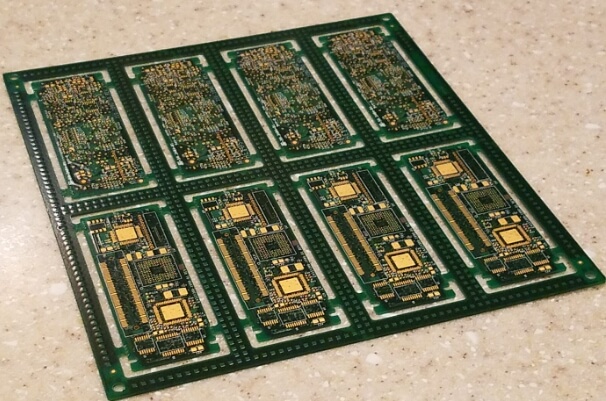
Factors Affecting PCB Sample Holding Time
Printed Circuit Boards (PCBs) are integral components in modern electronic devices, and their reliability is paramount. One critical aspect that influences the performance and longevity of PCBs is the sample holding time, which refers to the duration for which a PCB sample can be stored before it is used in production or testing. Several factors affect the PCB sample holding time, and understanding these factors is essential for ensuring the quality and functionality of the final product.
Firstly, the environmental conditions in which PCB samples are stored play a significant role in determining their holding time.
Temperature and humidity are particularly crucial. High temperatures can accelerate the degradation of materials used in PCBs, such as solder masks and copper traces. Similarly, excessive humidity can lead to oxidation and corrosion of metallic components, compromising the electrical integrity of the board. Therefore, maintaining a controlled environment with stable temperature and low humidity is essential for prolonging the holding time of PCB samples.
In addition to environmental conditions, the quality of materials used in the PCB manufacturing process also impacts the holding time.
High-quality materials with superior thermal and chemical stability are less prone to degradation over time. For instance, using high-grade laminates and robust solder masks can enhance the durability of PCB samples, allowing them to be stored for extended periods without significant deterioration. Consequently, investing in premium materials can be a cost-effective strategy in the long run, as it reduces the risk of defects and failures in the final product.
Moreover, the handling and storage practices employed during the PCB sample holding period are critical.
Proper handling techniques, such as using anti-static bags and gloves, can prevent electrostatic discharge (ESD) damage, which can be detrimental to sensitive electronic components. Additionally, storing PCB samples in clean, dust-free environments can prevent contamination that might affect their performance. Implementing stringent handling and storage protocols can thus significantly extend the holding time of PCB samples.
Furthermore, the design and complexity of the PCB itself can influence its holding time.
Complex PCBs with multiple layers and intricate circuitry are more susceptible to environmental and handling-related issues. The increased surface area and the presence of numerous interconnections make them more vulnerable to moisture absorption and mechanical stress. Therefore, special attention must be given to the storage and handling of complex PCBs to ensure their longevity.
Another factor to consider is the type of surface finish applied to the PCB.
Different surface finishes, such as HASL (Hot Air Solder Leveling), ENIG (Electroless Nickel Immersion Gold), and OSP (Organic Solderability Preservative), have varying levels of susceptibility to oxidation and corrosion. For example, ENIG provides excellent protection against oxidation, making it suitable for PCBs that require longer holding times. On the other hand, OSP, while cost-effective, may not offer the same level of protection and might be more suitable for PCBs with shorter holding periods.
Lastly, regular inspection and testing of stored PCB samples can help identify potential issues before they become critical.
Periodic checks for signs of oxidation, delamination, or other forms of degradation can provide valuable insights into the condition of the samples. By addressing any issues promptly, manufacturers can ensure that only high-quality PCBs are used in production, thereby maintaining the reliability of the final product.
In conclusion, several factors, including environmental conditions, material quality, handling practices, PCB design complexity, surface finish, and regular inspection, collectively influence the holding time of PCB samples. By carefully managing these factors, manufacturers can ensure the longevity and reliability of their PCBs, ultimately leading to superior performance and customer satisfaction.
Best Practices For Managing PCB Sample Holding Time
Managing PCB sample holding time is a critical aspect of ensuring the quality and reliability of printed circuit boards (PCBs). The holding time refers to the duration for which a PCB sample is stored before it undergoes further processing or testing. Proper management of this time frame is essential to maintain the integrity of the PCB and to prevent any potential degradation that could affect its performance. To achieve this, several best practices should be followed.
Firstly, it is important to understand the environmental conditions under which PCB samples are stored.
Factors such as temperature, humidity, and exposure to contaminants can significantly impact the quality of the PCB over time. Therefore, it is advisable to store PCB samples in a controlled environment where temperature and humidity levels are kept within specified limits. For instance, maintaining a temperature range of 20-25°C and a relative humidity of 30-50% can help in preserving the PCB’s properties. Additionally, using anti-static bags and desiccant packs can further protect the samples from moisture and electrostatic discharge.
Another crucial aspect is the duration for which PCB samples are held.
While the exact holding time can vary depending on the specific requirements of the project, it is generally recommended to minimize this period as much as possible. Prolonged storage can lead to oxidation of the copper surfaces, which can adversely affect solderability and electrical performance. To mitigate this risk, it is beneficial to implement a first-in, first-out (FIFO) inventory management system. This approach ensures that older samples are used before newer ones, thereby reducing the likelihood of extended holding times.
In addition to environmental controls and inventory management, regular inspection of PCB samples is essential.
Periodic checks can help identify any signs of degradation, such as discoloration, warping, or contamination. If any issues are detected, it is important to address them promptly to prevent further deterioration. For example, re-cleaning the PCB surfaces or reapplying protective coatings can help restore their condition. Furthermore, documenting the inspection results and any corrective actions taken can provide valuable insights for future reference and continuous improvement.
Communication and coordination among different departments involved in the PCB manufacturing process are also vital.
Clear guidelines and protocols should be established to ensure that all team members are aware of the importance of managing PCB sample holding time. This includes training personnel on proper handling and storage procedures, as well as emphasizing the significance of timely processing and testing. By fostering a culture of quality and accountability, organizations can enhance their overall efficiency and reduce the risk of defects.
Moreover, leveraging technology can play a significant role in optimizing PCB sample holding time.
Advanced tracking systems and software solutions can provide real-time visibility into the status and location of PCB samples. This enables better planning and scheduling, ensuring that samples are processed within the desired time frame. Additionally, automated alerts and notifications can help prevent delays and facilitate prompt action when necessary.
In conclusion, managing PCB sample holding time is a multifaceted process that requires careful attention to environmental conditions, inventory management, regular inspections, effective communication, and the use of technology. By adhering to these best practices, organizations can ensure the quality and reliability of their PCBs, ultimately leading to improved performance and customer satisfaction.
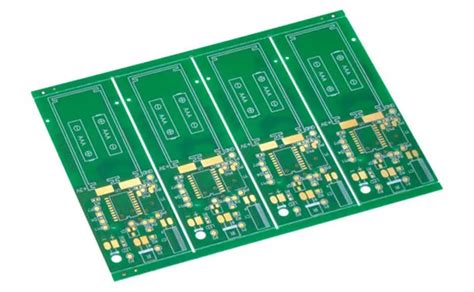
Impact Of Improper PCB Sample Holding Time On Quality
The impact of improper PCB sample holding time on quality is a critical consideration in the manufacturing process of printed circuit boards (PCBs). As the backbone of modern electronic devices, PCBs must meet stringent quality standards to ensure the reliability and performance of the final product.
One often overlooked aspect that can significantly affect PCB quality is the holding time of samples during various stages of production.
Understanding the implications of improper holding times is essential for maintaining the integrity of the manufacturing process and ensuring the delivery of high-quality PCBs.
To begin with, PCB sample holding time refers to the duration for which a PCB sample is kept at a particular stage before proceeding to the next step in the manufacturing process. This time can vary depending on the specific requirements of the production line, the materials used, and the environmental conditions. However, deviations from the optimal holding time can lead to several quality issues, which can compromise the functionality and longevity of the PCB.
One of the primary concerns associated with improper PCB sample holding time is the potential for oxidation.
PCBs are typically composed of copper, which is highly susceptible to oxidation when exposed to air for extended periods. If a PCB sample is held for too long before undergoing protective coating or soldering, the copper surfaces can oxidize, leading to poor solderability and weak electrical connections. This can result in intermittent or complete failure of the electronic device, necessitating costly rework or replacement.
Moreover, improper holding times can also affect the adhesion of various layers within the PCB.
During the lamination process, multiple layers of materials are bonded together under heat and pressure. If the holding time before lamination is too short, the materials may not have sufficient time to reach the desired temperature and pressure equilibrium, resulting in weak bonds and delamination. Conversely, excessive holding times can lead to moisture absorption, which can cause blistering and other defects during subsequent thermal processes.
In addition to these physical defects, improper holding times can also impact the chemical properties of the PCB materials.
For instance, prolonged exposure to certain environmental conditions, such as high humidity or temperature, can alter the chemical composition of the solder mask or other protective coatings. This can degrade their effectiveness, leading to reduced resistance to environmental factors such as moisture, dust, and chemicals. Consequently, the PCB may become more prone to corrosion and other forms of degradation over time.
Furthermore, improper holding times can disrupt the overall workflow and efficiency of the manufacturing process.
Delays caused by holding samples for too long can create bottlenecks, leading to increased production times and higher costs. On the other hand, rushing through stages without adequate holding times can result in subpar quality and higher defect rates, ultimately affecting the yield and profitability of the production line.
In conclusion, the impact of improper PCB sample holding time on quality cannot be overstated. Ensuring that PCB samples are held for the appropriate duration at each stage of the manufacturing process is crucial for preventing oxidation, maintaining strong layer adhesion, preserving chemical properties, and optimizing workflow efficiency. By adhering to optimal holding times, manufacturers can enhance the reliability and performance of their PCBs, thereby delivering high-quality electronic devices that meet the demands of today’s technology-driven world.

